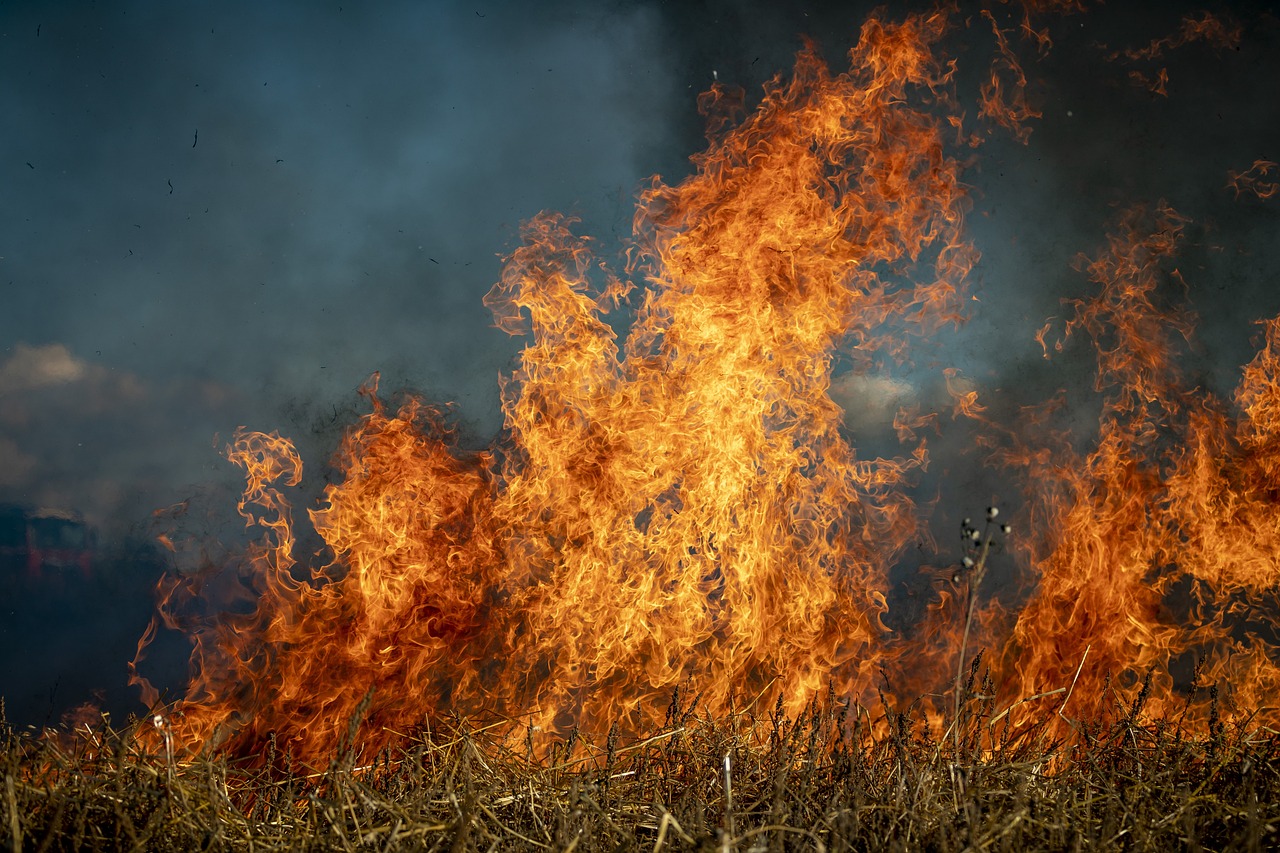Attachments
Note: Not all attachments are visible to the general public. Research URLs will go live after the embargo ends.

Journal/
conference: Nature Geoscience
conference: Nature Geoscience
Research:Paper
Organisation/s:
Met Office, UK, UK Centre for Ecology and Hydrology, UK
Funder:
This work
and its contributors (C.A.B., C.D.J., R.A.B., C.M., E.R.) were funded by
the Met Office Climate Science for Service Partnership (CSSP) Brazil
project, which is supported by the Department for Science, Innovation
and Technology (DSIT). C.D.J., E.B., R.A.B., C.M., J.C.M.T. and E.R. were
supported by the Met Office Hadley Centre Climate Programme funded
by DSIT. C.D.J., E.B., J.C.M.T. and E.R. were also supported by the Earth
System Models for the Future (ESM2025, grant no. 101003536). D.I.K.
was supported by the Natural Environment Research Council as part of
the LTSM2 TerraFIRMA project and NC-International programme [NE/
X006247/1] delivering National Capability. M.C. acknowledges support
from São Paulo Research Foundation (FAPESP, grants 2015/50122-0
and 2017/22269-2) and the Brazilian National Council for Scientific
and Technological Development (CNPq, grant 314016/2009-0).
L.O.A. was supported by the São Paulo Research Foundation–FAPESP:
2020/16457-3,2020/15230-5 and 2020/08916 and National Council for
Scientific and Technological Development (CNPq): 409531/2021-9.



 International
International


